How to Throw a Blending Party
When throwing a wine blending party think about the style of wine you want to create. Are you looking for a fruit forward blend? Are you wanting a Bordeaux, earthier style blend? Once you decide on the style of blend grab samples of the wines you want to utilize. I’d suggest putting them into unmarked bottles with numbers on them or you can put them into pitchers with numbers on them. With the wines “blind” people will try be more creative and less apt to going for only Cabernet.
Next set up your blending stations.
- Each blending station should have a glass for each wine being used and a glass for the blended wine
- A small pipette
- 100 mL graduated cylinder
- Wine Blending Sheet
- Pen or pencil
Musto’s Wine Blending Sheet
(email cmusto@juicegrape.com for your free download)
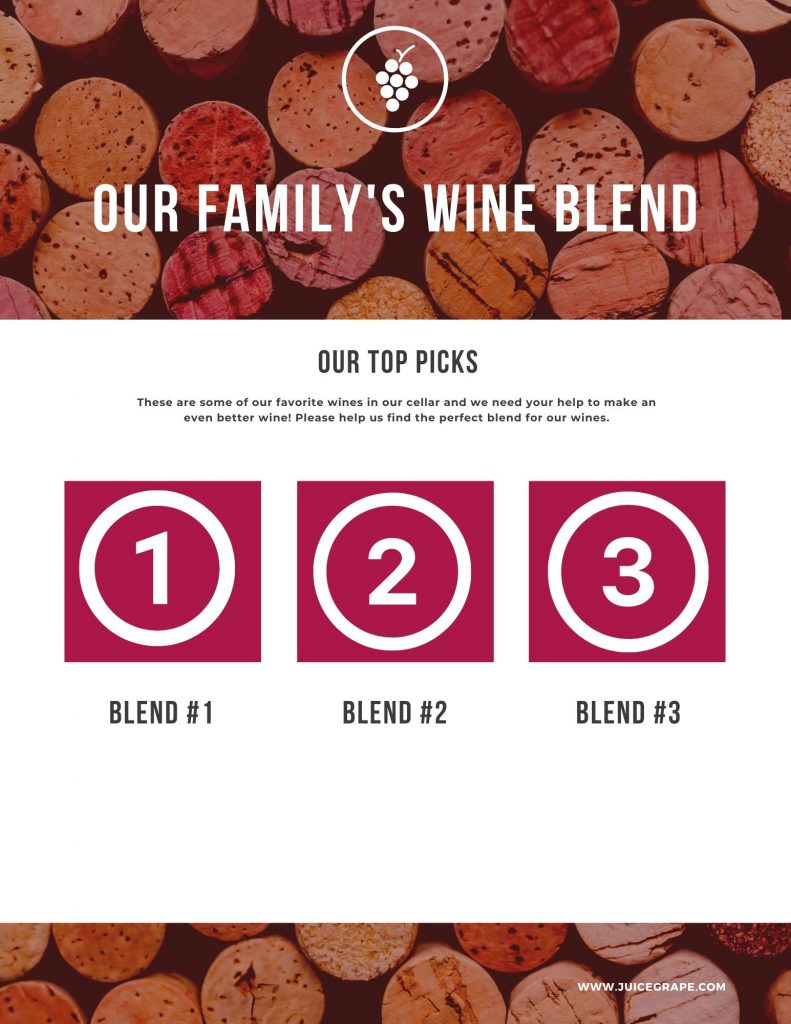
Once you have everything set up it’s time to start blending! Have fun!
Here are a few popular blends to help get you and your family started.
- Bordeaux Blends – Cabernet, Cabernet Franc, Merlot, Petite Sirah, Petite Verdot, Malbec
- Chianti – 75% Sangiovese, usually finished with Barbera
- Super Tuscan – Cab, Sangiovese, Syrah, Cabernet Franc
- Rhone Blends – Grenache, Syrah, Mourvedre, Cinsault, Carignane
- White Rhone blends – Marsanne, Roussanne, Viognier, Grenache Blanc
- White Bordeaux – Sauvignon Blanc, Semillon, Muscadelle
Remember – at the end of the day it’s all about which blend you enjoy the most!
MWG is here to help you make the wine that you love. Below are more blog posts and videos about Blending Wine. Take a look for more wine blending inspiration.
Blog Post: Beginner Blending Wine by Winemaker Chris Pallatto
How to Blend Your Wines Step by Step Video
Photos from a wine blending party with the American Wine Society
Interested in making your own wine? Contact Musto Wine Grape at sales@juicegrape.com or 877-812-1137. Cheers to Winemaking!
Beginner Blending Wine by Winemaker Chris Pallatto
Click. With just a few sips, something clicked, and our winemaking group became better wine tasters and, hopefully, better winemakers. Our group held our first blending summit to assess our 2019 varietals and make a legendary blend. This post is about our process for blending wine and lessons learned.
Managing Expectations
To be clear, this is not an article for beginners by experts; rather, it chronicles our journey as beginners to become better winemakers. While I wish I could describe our wines with terms like “robust,” “fruit-forward,” or “hints of leather,” what I typically smell is just, well, wine. Bold and boozy, but just wine. Over the past year, our group’s goal has been to discuss and make notes of each tasting throughout the year and watch each varietal progress. As a spoiler, this blending experience did more for our collective palettes than any regular tasting.
Meet the wines:
- Wine #1: 2019 Malbec from Lodi. pH 3.43, TA of 7.2, and ABV 13.2%. Malolactic fermentation complete. Bulk aged in steel. D254 yeast.
- Wine #2: 2019 Cabernet Sauvignon from Lodi. pH 3.68, TA of 6, and ABV of 13.75%. Malolactic fermentation complete. Bulk aged in steel. D254 yeast.
Setting the stage
A recommended approach for blending is to assess each wine, make a note of the characteristics of each, and determine which wine would bring to the other and what it might be lacking. I’ve read a few different articles and feedback from winemaking groups that you should make tiny incremental adjustments of one or two percent until the blend is just right. We decided ahead of time that our group wasn’t likely to distinguish that difference and wanted to make bolder adjustments and refine if needed. I think the next time we do a blending, we’ll be ready for the first approach.
We marked and arranged plastic wine cups into rows of pre-determined blends for each taster with the 100% varietal on opposite ends of the row. We set up the rows as follows:
100% Cab
90/10 Cab/Malbec
75/25 Cab/Malbec
50/50 Cab/Malbec
25/75 Cab/Malbec
10/90 Cab/Malbec
100% Malbec
Let the tasting begin!
We wanted to stick with descriptors we could determine and collectively recognize as a group. Everyone tasted at the same time, and we went around our socially distanced circle and weighed in. We all sampled the Cab first, and it described it as very robust, with a long-lasting mouthfeel and high tannins. For a 10-month old wine, it’s ready to be bottled in a couple of months and will thrill its drinkers. We described the Malbec as “juicy” with lots of fruit flavor, a bit thinner, and young tasting with a hint of a green apple or astringent taste. We expect to bottle it happily in a couple of months, but suspect it will be much better in a year or two.
To a person, we agreed that the Cab was the star of the show. Interestingly, while we loved the Cab Sav as is, when we started to discuss what might make it better, we all arrived at the same conclusion. We anticipated that a bit of Malbec would add a bit of brightness to the Cab and round out the tannin mouthfeel.
After determining that we were leaning towards a Cab heavy blend, we tried the 50/50 blend. Universally, we agreed the astringent taste of the Malbec overpowered the Cab, and that blend was not better than either varietal on its own. It was also interesting to see that everyone picked up on the green apple or “young” taste of the Malbec.
We then tried the 90/10 Cab/Malbec blend and could distinguish a bit of the Malbec, but the addition did not make a substantial difference. We wanted to add a bit more fruit flavor and drop the tannins, so we agreed that this mixture wasn’t quite right. However, it was clear that we were heading in the right direction.
Lastly, well, almost lastly, we tried the 75/25 Cab/Malbec, and it was enjoyable. “Approachable” seemed like the perfect wine tasting descriptor. It was easy to drink and left a happy memory on your tongue. I prefer hoppy beers and tannin heavy wines but appreciate less dramatic flavor profiles.
We did try the more Malbec-y leaning blends, but for better or worse, we had made our minds up after the 50/50 blend that the sweet spot was going to be Cabernet Sauvignon heavy.
Next Steps
We bottled six gallons of our new “Calbec” blend and will let the wines mellow together for the next two months. Before bottling day, we may repeat and see how the stand-alone wines are maturing, particularly the young-tasting Malbec. We are also going to do a blind taste test with our wives on bottling day to see if there is a clear winner from an unbiased and willing audience.
Next year, I think we will be more intentional with our blends versus the pre-set blend levels. It was very telling that each of us collectively picked up the changes and agreed on the direction we wanted to go with the blend. If we were to incrementally move from the 100% Cab to the Cab blend by adding the Malbec, we’d end up where we needed to be. It was very enlightening to be critical of the wines and think of it in terms of each descriptor or profile as being on a scale.
There are certainly worse hobbies! I am not sure there is a right way or a wrong way, but the experience was certainly fun and a perfect reason to get the group together, taste our wine, and plan for our Fall pressing.
Chris Pallatto is an amateur winemaker and part of the Tight Knit wine group in Chester, CT, and a supporting member of the infamous DeFazio group in Prospect, CT.






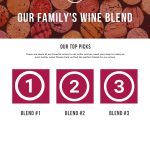
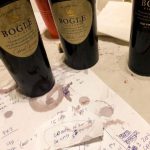
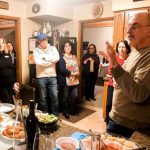
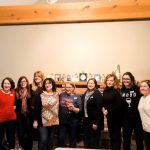
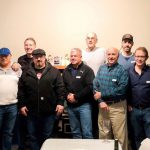

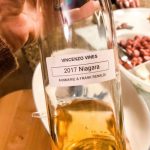
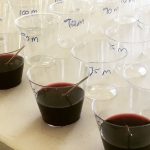
Recent Comments